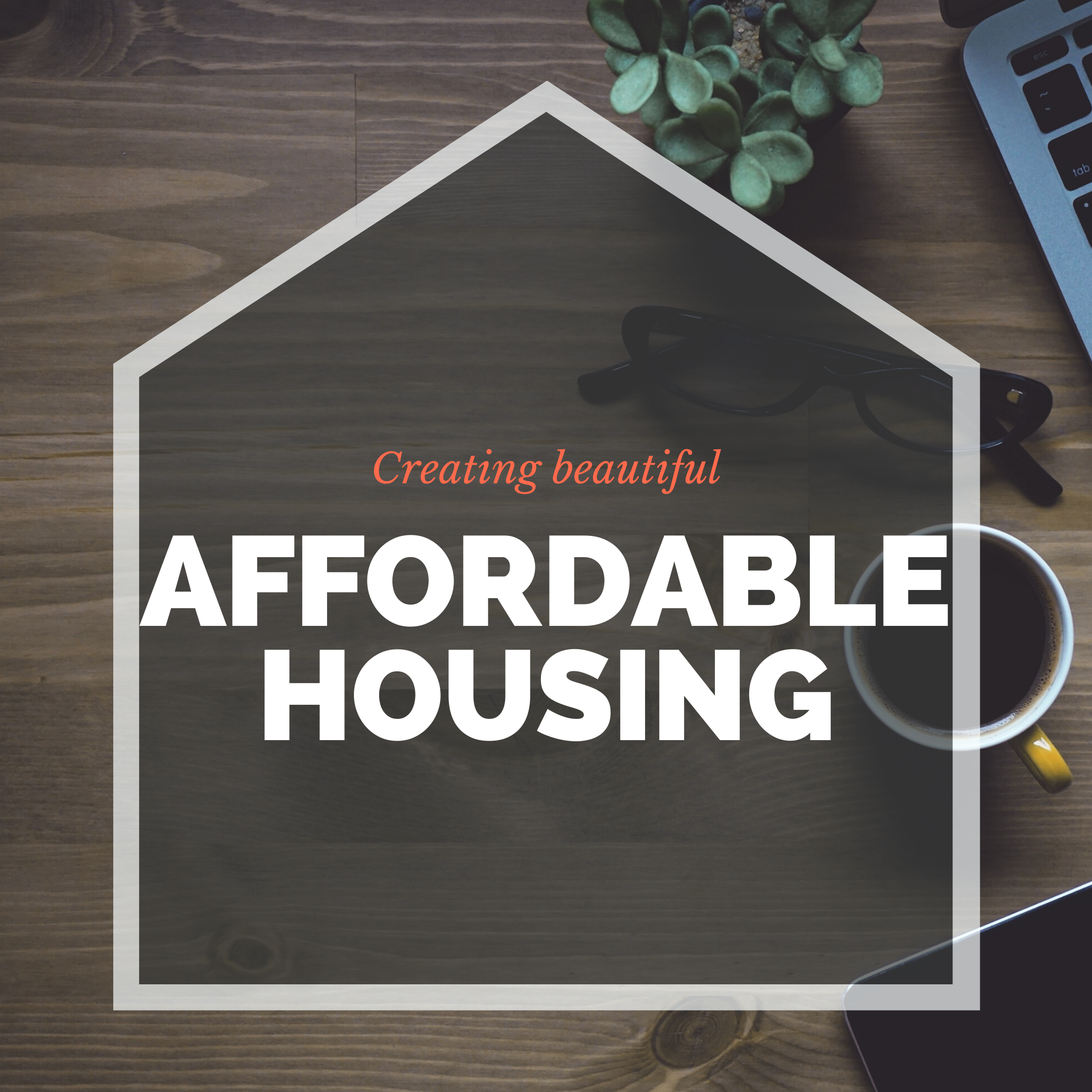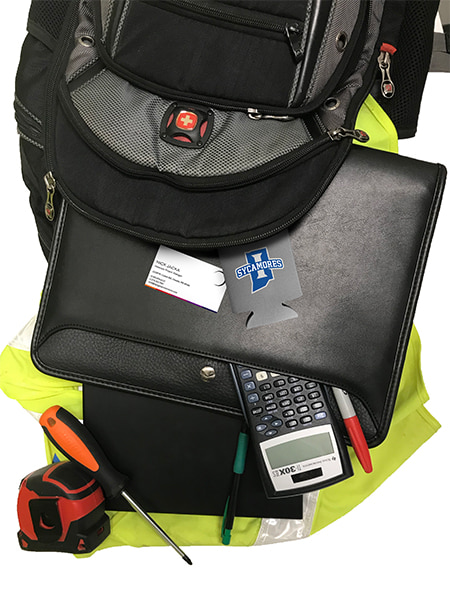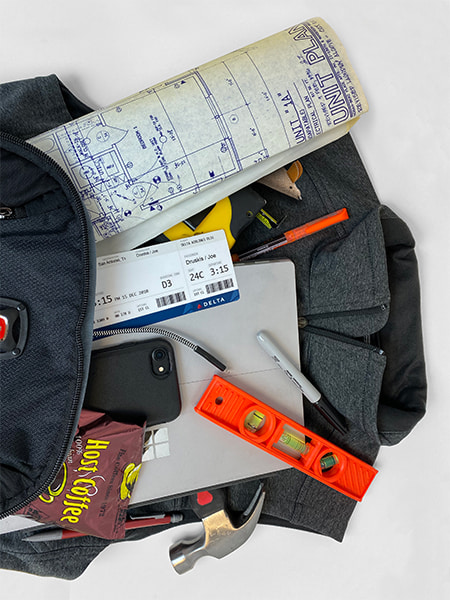Affordable housing is, and has always been, an imperative topic in the real estate and development industry. While many agree on the importance of its availability, the number of those companies that actually commit to the development and/or enhancement of low-income housing is far fewer in number. APOGEE does both.
Currently in the midst of the complete renovation of Onyx at Aksarben, one of the largest LIHTC (Low Income Housing Tax Credit) projects to date alongside sister company Metonic Real Estate Solutions, APOGEE President Kassie Inness and Project Manager Kayla Beller shared some insight into how the company stays true to its mission of providing everyone with a beautiful place to call home.
“Our mindset is that affordable is just like conventional. The goal is a beautiful and luxury home that just so happens to be affordable. We take this into account when choosing unit finishes, appliances, etc.,” said Inness. “There are a number of ways to save money during construction and renovation that allow for savings in living costs to the residents, which is our goal at the end of the day.”
When choosing materials, there are a number of ways to lower the cost without sacrificing overall quality. Vinyl siding, for example, is considerably lower cost than cement board, yet still looks high-end. Laminate countertops can be substituted for granite, and still remain durable and attractive. In addition, cabinet hardware is relatively low cost and adds an element of sophistication to bathrooms and kitchens.
There have also been strides made in available and budget-friendly flooring and lighting. Sheet vinyl, for example, can be used in place of LVP (luxury vinyl plank) to create the illusion of hardwood flooring, and LED light fixtures (which are considerably more affordable throughout the life of the asset) have come down in price giving the space a brighter feel while saving on the electric bill.
Another area that is considered when developing affordable housing properties is the amenity package offered. These can quickly become expensive items at the property, so it is important to choose amenities that enhance the resident experience without increasing the overall cost. One example is designating the community as “pet friendly.” With nearly everyone owning a pet, this helps to market the property and increase/maintain occupancy. A few other low-cost examples of amenities are playgrounds and dog parks.
Large community spaces and common areas are also beneficial for social distanced gatherings or educational and support opportunities for residents. This has been especially successful at properties with elderly residents; large spaces that are moderately updated cater to the demographic while enhancing the asset. Common area products and finishes are chosen based on their durability and longevity. Items like a fresh coat of paint or a bold accent wall are inexpensive with a big impact.
“We want everyone, regardless of their circumstance, to have a beautiful, comfortable space where they feel at home,” said Beller. “It’s where people are spending their time, and they should love the space they’re in. Ultimately, it is our job to get creative in the ways that we save money so that our residents can too.”








